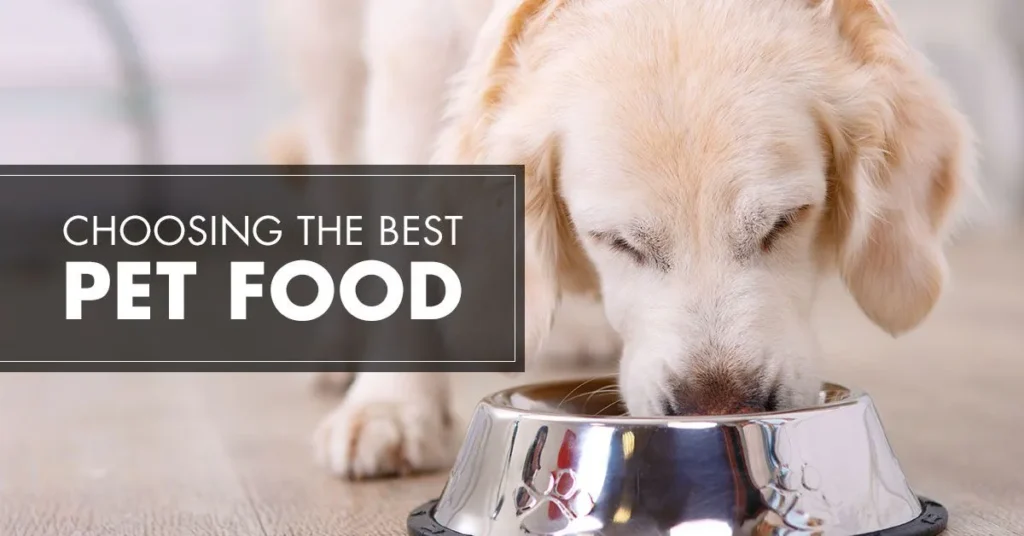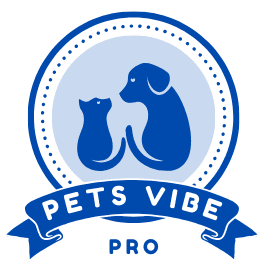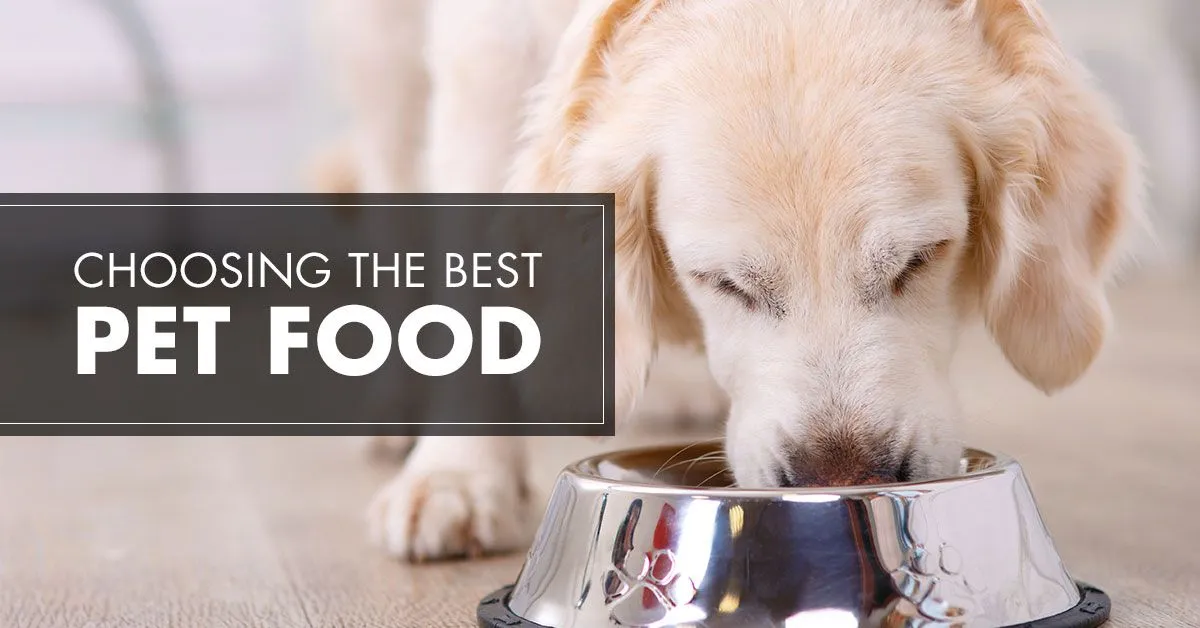The global market for premium (“best”) pet foods is a significant and rapidly expanding segment of the overall pet food industry, driven by evolving consumer preferences and a deeper understanding of pet health.
Market Valuation and Growth Projections:
- The global pet food market as a whole was valued at approximately USD 128.21 billion in 2024 and is projected to reach USD 185.54 billion by 2030, growing at a CAGR of 6.35%. Other projections indicate the market could reach USD 193.65 billion by 2032 at a CAGR of 5.52%, or even USD 237.376 billion by 2030 at an 8.48% CAGR.
- Within this, the demand for premium and organic pet food is a key growth driver. The overall market is also projected to grow by USD 44.1 billion from 2025-2029.
- While exact figures for the “premium” segment vary, its growth rate often outpaces the conventional pet food market, signifying a major shift in consumer spending.
for more details: petsvibepro

Key Trends Driving the “Best” Pet Food Market:
- Pet Humanization: Pets are increasingly viewed as family members, leading owners to invest in higher-quality, premium, and natural food options that mirror human food trends. This drives demand for products tailored to the “distinctive dietary and health prerequisites of these cherished companions”.
- Health and Wellness Focus: There’s a growing demand for functional and therapeutic pet foods that target specific health issues like digestive health, joint care, and weight management. Consumers are seeking products with beneficial ingredients such as probiotics, antioxidants, and superfoods.
- Natural and Clean Label: Consumers show a strong preference for natural, organic, and grain-free ingredients, as well as products free from artificial additives and preservatives. The demand for fresh, human-grade pet food is also rising, with companies offering refrigerated and lightly cooked meals
- Personalization and Customization: Companies are increasingly offering customized pet food based on age, size, breed, and specific dietary needs.
- Sustainability: Growing environmental awareness is influencing demand for sustainable pet food, including locally sourced ingredients, eco-friendly production processes, and recyclable packaging. This also includes the integration of alternative protein sources like insect protein, lab-grown meat, and algae-based ingredients.
- E-commerce and Direct-to-Consumer: The influence of online sales channels, subscription-based delivery services, and direct-to-consumer models is significantly reshaping the industry, offering wider access to specialized products.
Regional Dominance:
- North America continues to hold the largest share of the global pet food market due to high pet ownership rates, increasing concern for pet health, and the strong trend toward premiumization.
- The U.S. and Canada are seeing a rise in demand for clean-label, organic, and grain-free products, along with a focus on sustainable sourcing and eco-friendly packaging.



